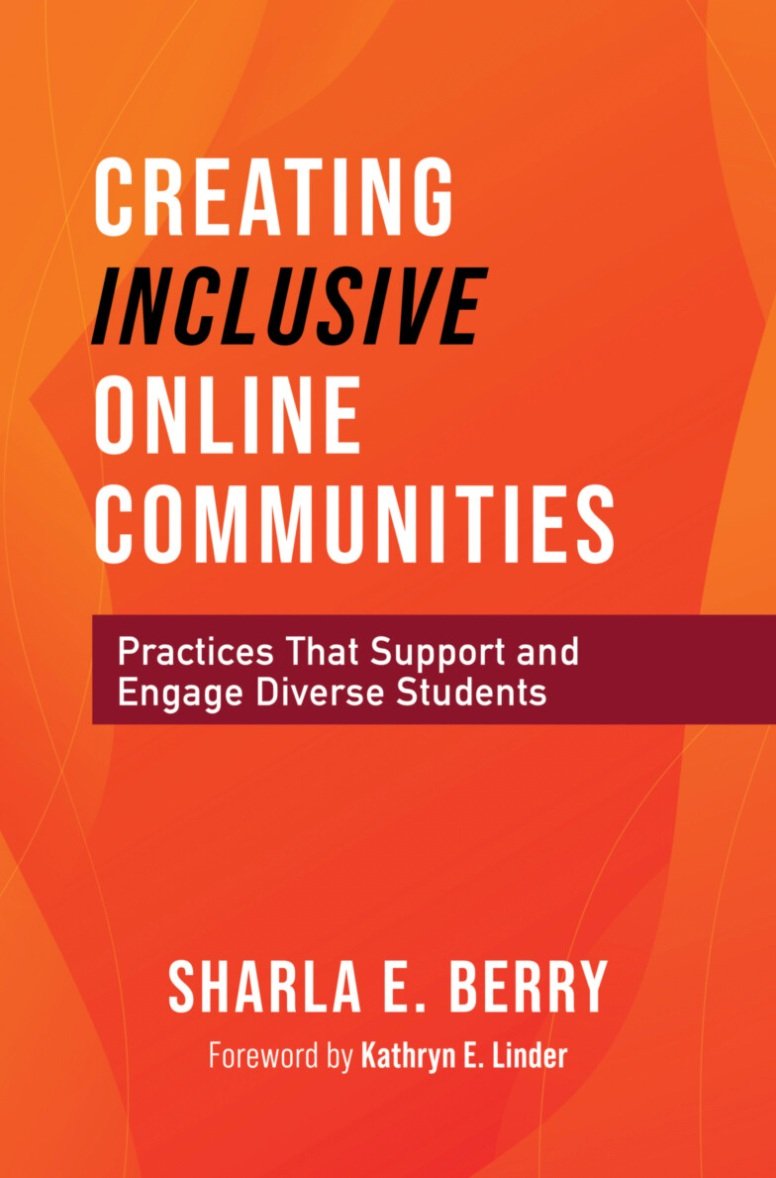Introducing the Latest Book by Dr. Sharla E. Berry
About the Book
Before the Covid-19 pandemic, online and distance education enrolled over 19 million students in the US. As colleges and universities return to in-person instruction, the number of online courses and programs is poised to grow exponentially. At the same time, institutions of higher education are increasingly more diverse--racially, ethnically, and socioeconomically--with present and future students having a range of intersectional needs related to their cultural backgrounds, gendered experiences, and abilities. Sharla Berry offers faculty practical strategies for building asynchronous, synchronous, and blended online courses and programs that are inclusive and engaging for diverse learners.
Some of the topics I explore in this book include….
Emergency remote instruction … how to shift online during a natural disaster or other unexpected crisis
Serving historically marginalized and underrepresented students: How to account for race, sex, class, and ability in the online classroom
Supporting students with disabilities: universal design for learning in the online classroom
Choosing the best distance format for your students: hybrid, asynchronous or synchronous learning
Strategies for facilitating engaging discussion boards
"The future lies in building strong, inclusive communities that support our students in imagining and creating a better world. Berry gives us an incredibly clear and timely roadmap for this work. I am so excited for this book to reach faculty, instructional designers, and administrators. All of you will find a powerful and accessible vision for designing, facilitating, and investing in online communities that serve all students. Mark my words: this will soon be considered a foundational text for online educators."
Karen Costa, Faculty Learning Facilitator, 100 Faculty, LLC and Author of 99 Tips for Creating Simple and Sustainable Videos
Students experiences in online courses and programs are intersectional. In this book, race, gender, sexual orientation, class, and ability, are not afterthoughts— they are at the center. Read Chapter 1 to learn about how diversity, equity, and inclusion impact online teaching and learning.


